Which of the following are the examples of non - degradable pollutants ?
I. DDT
II. Nuclear wastes
III. Plastic materials
Select the correct option
Both I and II
Both II and III
I,II and III
Both I and III
The correct Answer is:C
To determine which of the given options are examples of non-degradable pollutants, we need to analyze each option based on the definition of non-degradable pollutants.
1. Understanding Non-Degradable Pollutants:
Non-degradable pollutants are substances that cannot be broken down by natural processes into simpler, harmless substances. They persist in the environment for a long time and can accumulate, causing harm to ecosystems.
2. Analyzing Option I: DDT:
- DDT (Dichloro-Diphenyl-Trichloroethane) is a synthetic pesticide that is known for its persistence in the environment. It does not easily break down and can accumulate in the food chain.
- Conclusion: DDT is a non-degradable pollutant.
3. Analyzing Option II: Nuclear Wastes:
- Nuclear wastes are byproducts of nuclear reactions and contain radioactive materials that can remain hazardous for thousands of years. They do not decompose naturally and require special disposal methods.
- Conclusion: Nuclear wastes are non-degradable pollutants.
4. Analyzing Option III: Plastic Materials:
- Plastics are synthetic materials that are highly resistant to degradation. They can take hundreds to thousands of years to break down and can cause significant environmental issues.
- Conclusion: Plastic materials are non-degradable pollutants.
5. Final Conclusion:
- Since all three options (I, II, and III) are examples of non-degradable pollutants, the correct answer is that all of them are non-degradable pollutants.
Answer:
All of the above (I, II, and III) are examples of non-degradable pollutants.
Non-degradable pollutants are substances that cannot be broken down by natural processes into simpler, harmless substances. They persist in the environment for a long time and can accumulate, causing harm to ecosystems.
- DDT (Dichloro-Diphenyl-Trichloroethane) is a synthetic pesticide that is known for its persistence in the environment. It does not easily break down and can accumulate in the food chain.
- Conclusion: DDT is a non-degradable pollutant.
- Nuclear wastes are byproducts of nuclear reactions and contain radioactive materials that can remain hazardous for thousands of years. They do not decompose naturally and require special disposal methods.
- Conclusion: Nuclear wastes are non-degradable pollutants.
- Plastics are synthetic materials that are highly resistant to degradation. They can take hundreds to thousands of years to break down and can cause significant environmental issues.
- Conclusion: Plastic materials are non-degradable pollutants.
- Since all three options (I, II, and III) are examples of non-degradable pollutants, the correct answer is that all of them are non-degradable pollutants.
All of the above (I, II, and III) are examples of non-degradable pollutants.
Topper's Solved these Questions
Similar Questions
Knowledge Check
Which of the following are non-degradable pollutants ?
AMercury saltsBLong chain phenolicsCDDTDAll of the aboveMatch the column I,II,and III .Select the correct option :
 AA-i-a, B-ii-b, C-iii-cBA-iii-a, B-i-c, C-ii-bCA-ii-b, B-i-c, C-iii-aDA-iii-b, B-i-c, C-ii-a
AA-i-a, B-ii-b, C-iii-cBA-iii-a, B-i-c, C-ii-bCA-ii-b, B-i-c, C-iii-aDA-iii-b, B-i-c, C-ii-aWhich of the following is non-biodegradable?
I.Glass
II.Cotton
III.PaperAOnly IBI and IIICII and IIIDI, II and III
Match list I with List II and select the correct option
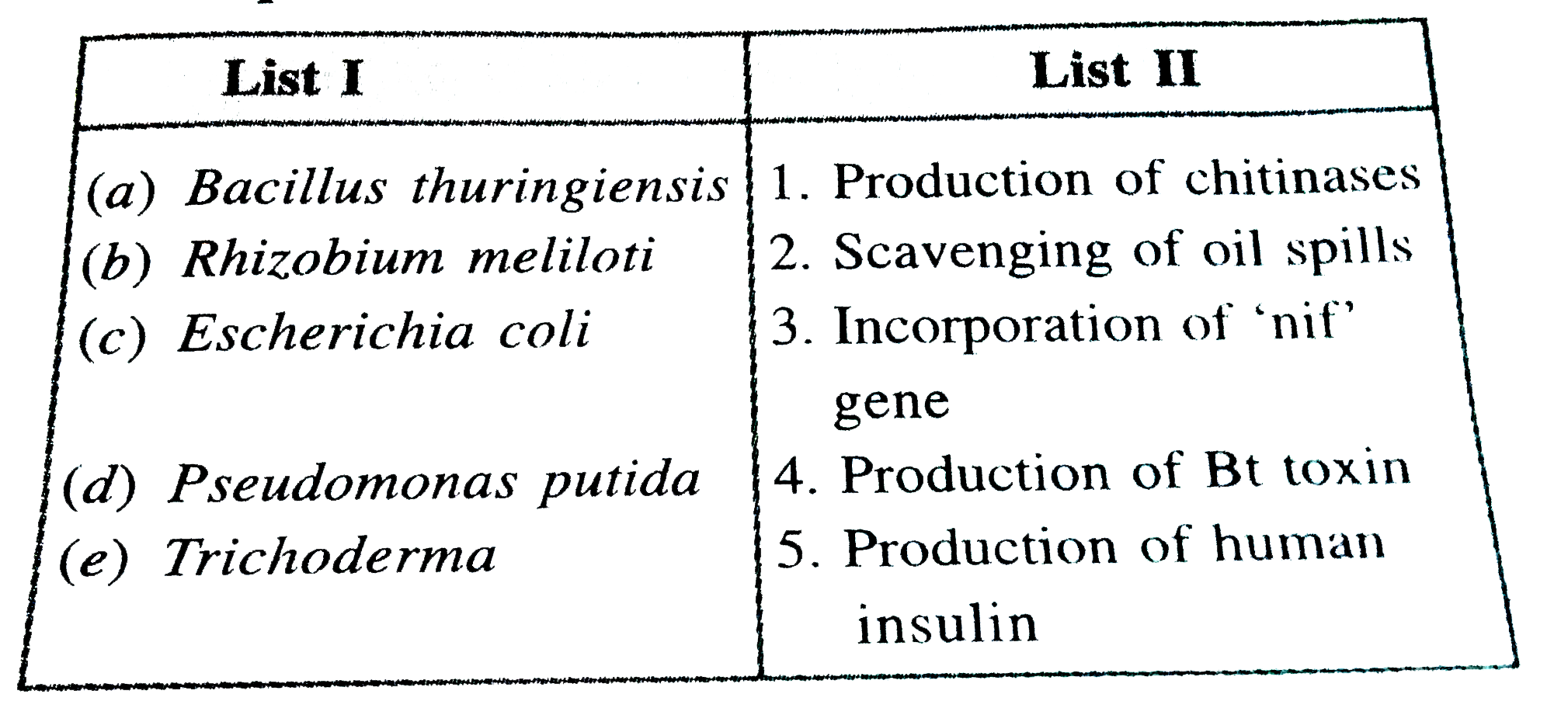
View SolutionMatch Column - I with Column - II and select the correct option
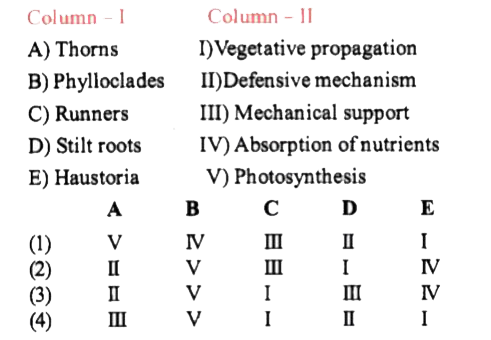
View SolutionMatch the Column I with Column II and select the correct option :
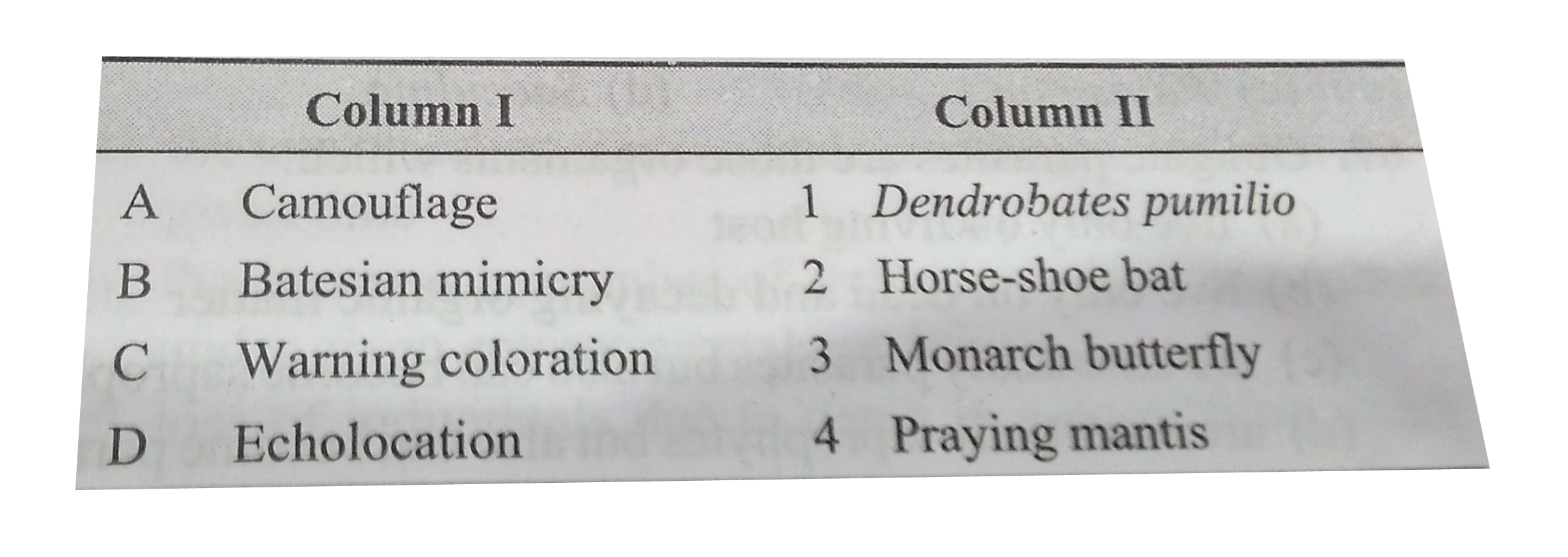
View SolutionMatch column I with column II and select the correct option
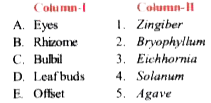
View SolutionMatch column I with column II and select the correct option.
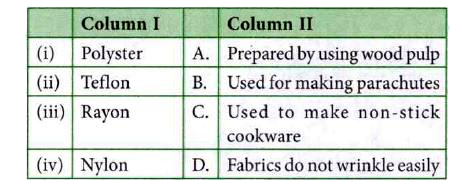
View Solution
